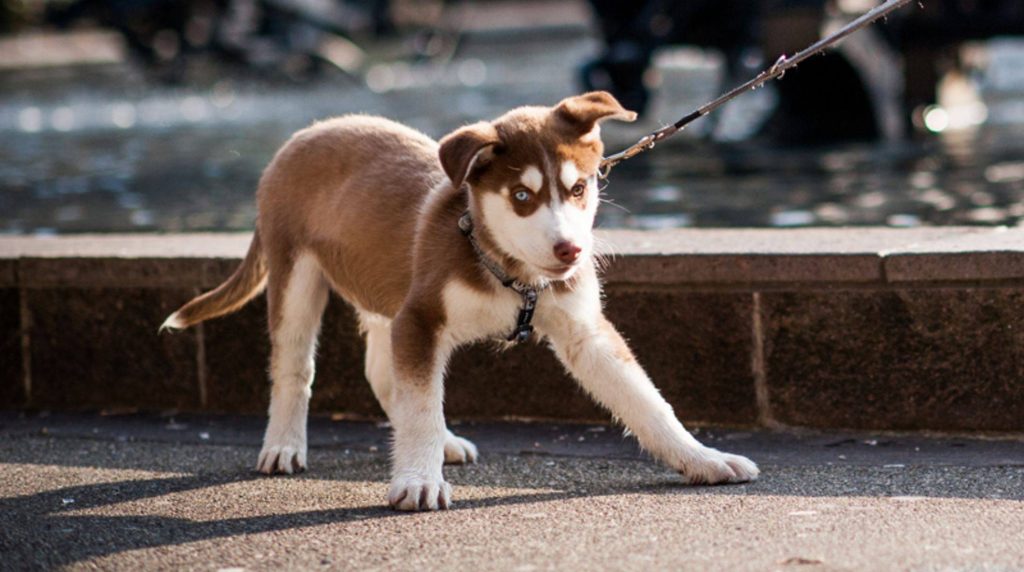
Dealing with Stubborn Behavior in Dogs: Effective Training Tips
When dogs fail to comply, their owners often refer to them as being stubborn. But this misperception occurs due to miscommunication during training sessions; sometimes something has gone amiss which means your four-legged friend still hasn’t learned what the desired behavior should be.
All dogs can be trained, although stubborn ones may take more practice and patience to train than one with strong will-to-please characteristics and an established obedience training routine who has already seen obedience pay off for him.
Do your dogs act unruly when not obeyed?
No dog is actually stubborn; however, their owner might perceive him/her as such if they fail to obey an established command that the animal knows how to follow. “He knows exactly what to do! He’s so stubborn!” frustrated dog owners may complain in frustration; after all, Bello did follow training in terms of sitting, downing or no when working alone with them.
And this is often where confusion sets in: Just because your dog follows your commands when alone with you does not mean he has internalized them. He typically only needs to focus on you and the exercise; no exciting stimuli distract him. But the situation changes drastically when outside on a dog run, during walking sessions, or when you have visitors. So many new, exciting, and potentially frightening impressions bombard subtle cold-blooded dogs that they can no longer concentrate on what was originally asked of them – practicing more frequently helps manage distractions slowly while increasing distractions slowly until this becomes second nature again.
Other possible reasons for why your dog does not obey are:
* He doesn’t understand your instructions
He sees no benefit to himself by obeying you Disobedience seems more rewarding for him at that time
“Stubborn” Training: Patience and Consistency
If your pup seems stubborn, try structuring his lessons differently. Start off with short sessions to practice a specific command without distractions; when your four-legged friend has grasped it all, gradually increase external stimuli until he listens even under distraction. Do this for all of the commands you want to teach him!
Keep in mind that dogs have limited frustration tolerance. If a lesson takes too long or an activity proves too challenging for him, he could become frustrated and stop paying attention – this doesn’t reflect a stubborn or noncooperative approach, but simply being tired and overwhelmed; be patient with him!
Your signal for desired behavior must remain consistent across the board to avoid confusing your pet. All family members should use the same cue for desired actions to maintain consistency for optimal results – otherwise this will create inconsistency which may further disorient him/her.
Increase incentives in order to encourage your dog’s cooperation.
Some dog breeds are notorious for being stubborn, including hunting dogs, guard dogs and some working breeds bred specifically to be independent. Such dogs tend to be particularly intelligent, ingrained with instincts that allow them to make decisions independently without fully depending on humans; when given commands by humans they carefully consider if obeying or disobeying will provide greater excitement; for example it might be more rewarding for a hunt-motivated dog to follow their scent than listen when someone shouts out “Heel!”.
Some dogs are simply insatiable lickspittles that you can motivate to cooperate by feeding them something delicious – liver sausage is often enough to convince these four-legged buddies of obedience being worth their while! A more significant challenge lies with independent, intelligent, active dogs that don’t respond well to dog biscuits; here you must ensure they receive enough exercise while also strengthening bonds between companions through bonding activities such as petting or favorite toys and offering praise lavishly.

